Onions: recommendations for disease control
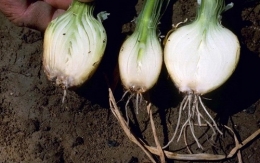
Every gardener grows onions in their garden beds. In order for it to grow well, it is necessary to till the soil before sowing, apply fertilizers and do not forget to remove weeds. If not properly cared for, onions can be susceptible to various diseases.
Therefore, the vegetable should be carefully looked after in order to get a good harvest. Onion diseases manifest themselves with various symptoms. Disease Control depends on pathogens that are transmitted through planting material or spread through the soil.
Content:
- The most common diseases of onions
- Recommendations for protection and prevention
- How to fight diseases
The most common diseases of onions
Onions grow in almost every garden or cottage, because they are one of the most used vegetables. Unfortunately, onions are often susceptible to disease and suffer from various types of pests. The lion's share of all onion diseases are fungal diseases, which differ in the “method” of causing damage and their properties. What they have in common is that the damage to the crop is very serious.
Gray cervical rot. The causative agent of the disease is a fungus. Signs of fungal disease usually appear during crop storage. In the area of the stem end, softening of the bulb is observed, on which a fluffy gray coating appears. Rot can also appear in certain areas - on the side or in the bottom area.If you cut the onion, the inside will have a baked appearance. Leaves with neck rot become pale, gradually dry out and rot.
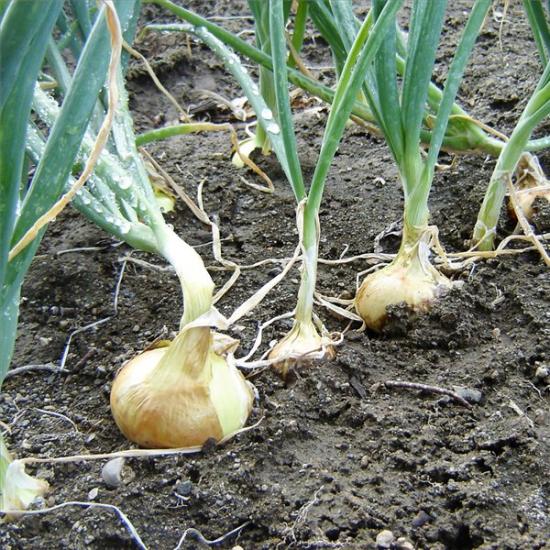
Rust. The causative agents are various bacteria and fungi. Yellow spots arranged in rings are observed on the leaves. In case of severe damage, leaves Luke dry out prematurely. The disease develops strongly in humid weather and with the application of large amounts of nitrogen fertilizers.
Smut. A fungal disease that is characterized by the appearance of dark stripes and elongated swellings on the leaves. The disease usually occurs when onions are sown in the same areas. When cutting the bulb, you can find dark-colored smut spores. Spores begin to germinate at a temperature of 13-20 degrees.
Mosaic. A viral disease characterized by the appearance of small yellow-white specks or light green stripes. The onion leaves begin to dry out. Severe infestation can lead to the death of the plant. The disease is transmitted by a garlic pest - the four-legged mite.
Bacteriosis. When putrefactive bacteria penetrate undried bulbs, bacteriosis develops. Quite often, rot can be detected during crop storage. With bacteriosis, softened brown tissue can be observed on the section of the bulb. The leaves begin to turn yellow and the roots gradually rot, which creates an unpleasant odor. Bacteriosis develops with rapid changes in weather conditions, sunburn and improper storage in wet conditions.
Downy mildew or Peronosporosis. It is a fungal disease. Develops in spring when onion seeds grow. When infected with a fungus, the leaves turn yellow and break. Pale green spots can be seen on the arrows of the bow.Downy mildew develops quickly in wet weather.
Stemphiliasis. The fungus Stemphylium affects onions. This fungus poses a particular danger to the testes. On the leaves and arrows of the plant you can find brown-violet spots with a coating, brown or smoky-brown spores. The leaves break and the seeds become puny. The fungus multiplies quickly in dry weather. In this form they can be stored for a long time.
Green mold. A fungal disease in which watery brown spots can be seen on the bottom of the bulb. At the same time, the bulbs appear empty. High temperature and humidity during crop storage contribute to the appearance of diseases.
Fusarium. The causative agent of the disease is a fungus. The disease is characterized by the death of leaves, the presence of a yellow or white coating on the bottom with colorless spores. The disease develops in dry weather with high humidity. Infection can occur through seed or soil.
Recommendations for protection and prevention
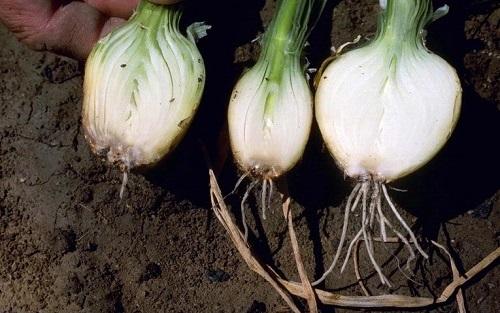
To protect onions from fungal diseases, the following measures must be observed:
- Perform deep plowing to remove residues.
- Maintain crop rotation.
- Reject planting material with signs of rot.
- Plant early.
- Apply the appropriate dose fertilizers at the same time comply with deadlines.
- Harvest onions in dry weather.
- Be sure to dry onions before storing.
To protect onions from smut before sowing, it is recommended to treat the soil with Bordeaux mixture and the seed in a fungicidal solution.
For prevention and protection in the fight against onion bacteriosis, you should carefully inspect the seed.It is also recommended to spray with Bordeaux mixture. To prevent the spread of bacteriosis to other bulbs, be sure to remove damaged and diseased plants when harvesting.
How to fight diseases
The main measure in the fight against peronospora or downy mildew is obtaining high-quality seed material. For this purpose, it is advisable to place the crops away from perennial onions, seeds and onions. If this disease is detected, then you should spray with fungicidal agents: Arcerid, Polycarbacin, Ridomil, Polychom, etc.
In case of stemphylliosis, it is necessary to follow agronomic practices, as well as combat factors that contribute to the death of leaves. To combat green mold, onions should be sown away from infested areas. Before storage, be sure to dry the harvested crop. Early ripening plants are less susceptible to green mold. varieties of onions.
To protect onions from bottom rot, you need to observe crop rotation. You can plant onions in their original place no earlier than 5 years. Carefully treat the planting material with a TMTD suspension. To prevent onion diseases and reap a high harvest, you should properly care for the plant, sow on time and follow storage rules.
Video about what to do if onions are just starting to turn yellow:
Interesting information about the vegetable garden

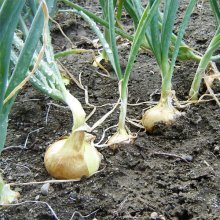
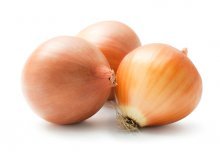

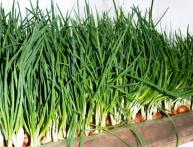

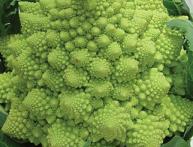
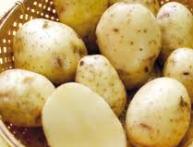
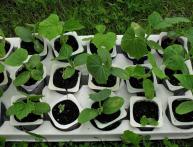
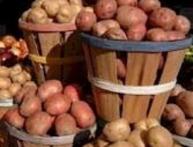

Comments
I didn’t even know that everything was so serious. That onions are sick, we constantly plant onions, but we have never sprayed them. Although I have noticed many times the signs of some of the diseases described in the article. I'll take some tips into account.
We always check the onions before planting and weed out the rotten ones; it seems to me that this is where most of the trouble lies. We remove it, as stated here, in dry weather, so it’s easier to dig out, then we dry it a little in the sun and put it in the cellar. Our onions are not stored all winter, we have to buy more netting, but we still plant them, which are our own.